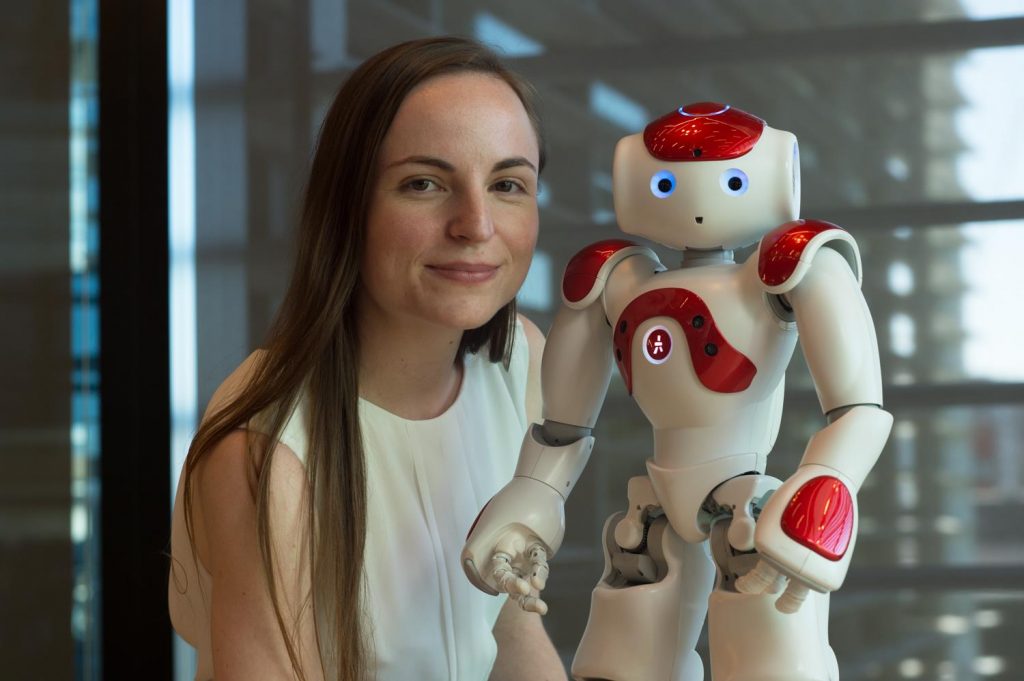Author
Nicole Robinson
Abstract
New measures were developed to explore the human-robot interaction dimensions of self-efficacy, incentives and intentions relating to use of a social humanoid robot. Exploratory Factor Analyses were applied to investigate the initial structure of the scales from a high-school student sample rating a live 2-minute interaction between a robot and a person. Confirmatory Factor Analyses were applied to confirm the factor structure from a new cross-sectional online survey sample using a 2-minute video stimulus of an adult and a robot discussing a health-related topic. This trial also involved a two-part study which applied the newly developed measures in different experimental designs to investigate how individuals rate a human-robot interaction across different presentations using a between-groups and within-group design. Trial findings and implications of this paper will be discussed, including future considerations and development of the measures.
Bio

Dr Nicole Robinson is a Robotics Researcher at the Australian Centre for Robotic Vision on the Humanoid Robotics project, an R&D project supported by the Queensland Government. She is currently leading clinical trials and experimental studies involving the use of humanoid robots in interpersonal interactions. Nicole’s research interests involve designing human behaviours in agents and robotic systems. She has previously conducted research in the healthcare field, including the translation of a psychotherapeutic program to be delivered by a humanoid robot.
